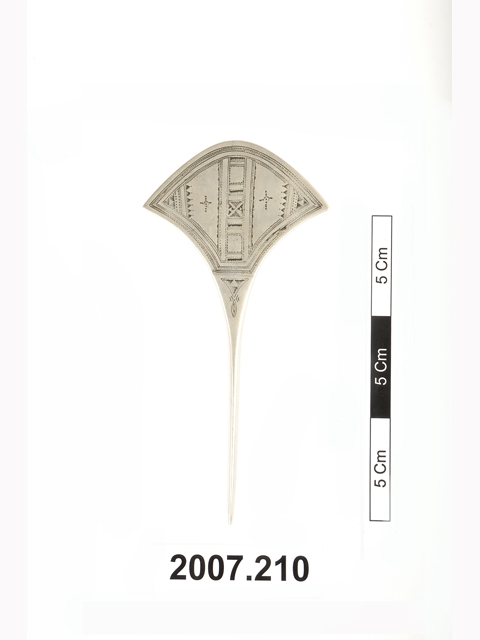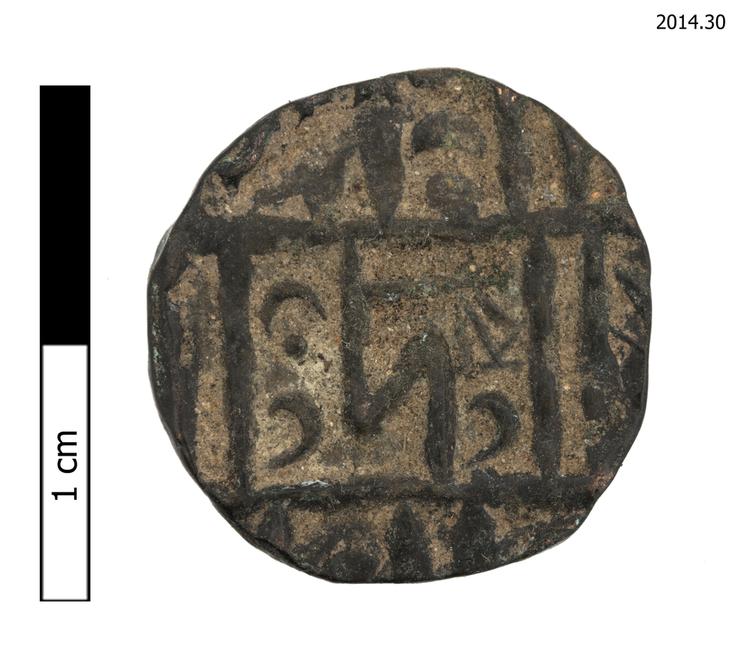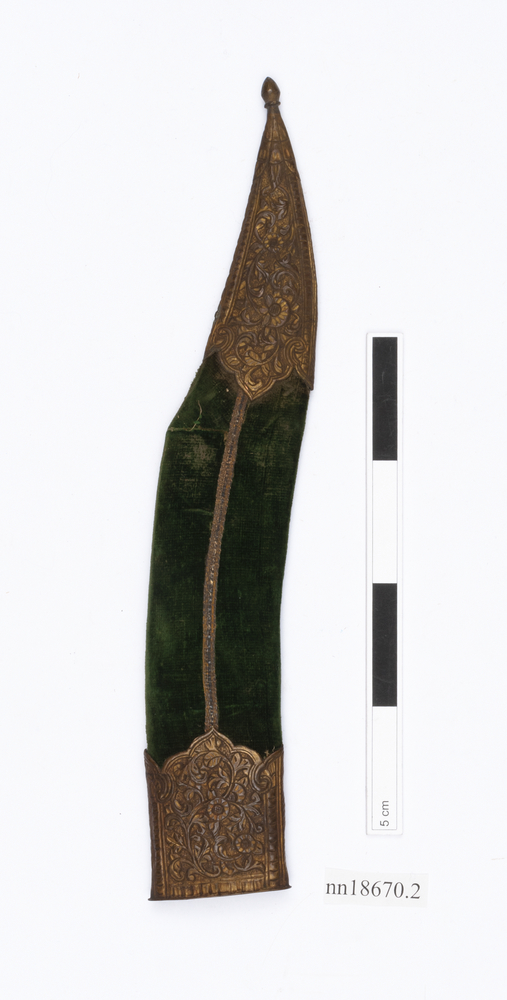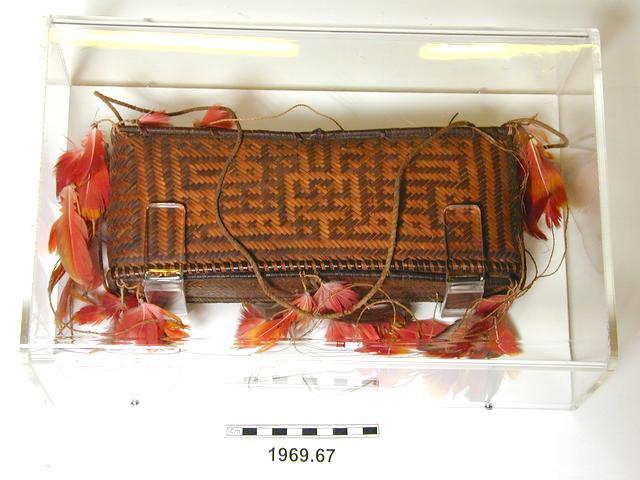Head of an African figure with cast details. Similar heads were placed on ‘ancestral’ altars in the Royal Palace in Ancient Benin.
This head is a modern copy made, using the traditional method, to sell to tourists.
Similar heads were placed on ‘ancestral’ altars in the Royal Palace in Ancient Benin. A carved elephant tusk depicting a past Oba would be insterted into the open head. How is it used? Commemorative Brass/Bronze heads and sculptures were placed on ancestral altars within the Royal Palace as a way to honour the ancestors. Such altars allowed people to communicate with the ancestral spirits, to show them their respects, ask for their protection and their intervention to resolve problems. This head is a modern copy made, using the traditional method, to sell to tourists. A carved elephant tusk would be inserted in the open head ring. Who is it used by and why them? The people of Ancient Benin were known as the Bini. The practice of honouring and communicating with ancestors was widespread in the kingdom of Ancient Benin, which dates from the 11th century. Priests made altar offerings and conducted rituals during which bells would be rung to call the ancestral spirits. Carved elephant tusks, depicting a past King (or Oba), were also placed on the palace altars. Some brass heads had an open top in which the carved tusk could be placed. The people of Ancient Benin are well known for their Brass/Bronze casting techniques and used these skills to make artefacts that recorded important people and events in their history. In Edo, the language of Ancient Benin, the ‘to remember’ (sa-e-y-ama) literally means ‘to cast a motif in Bronze’. The Edo language was only spoken and not written so metal casting was an important way of recording their history. This head is a modern copy made, using the traditional method, to sell to tourists.
Similar commemorative brass/bronze heads and sculptures were placed on 'ancestral' altars in the Royal Palace in Ancient Benin as a way to honour and communicate with their ancestors.
This head is a modern copy made with the traditional method to sell to tourists.

































































































































































































































































































































































































































































































































